Culture Creates Universal Brands
Few holidays manage to transcend time and space to become true cultural brands, universal brands. Halloween, an ancient story about life and death, has evolved into a global spectacle of imagination and horror sensations.
Personally, I find it fascinating how people seek and love sensations of fear, horror, and mystery… as long as they are wrapped in ritual, made harmless, and collectively accepted as play.
For a branding agency, holidays like this are a source of deep insights into human behavior. About fear, play, belonging, and the desire to be seen, but also about how brands mirror these emotions in their own way.
In fact, Halloween doesn’t speak about terror. It speaks about identity. And that’s one of the reasons we dress up.
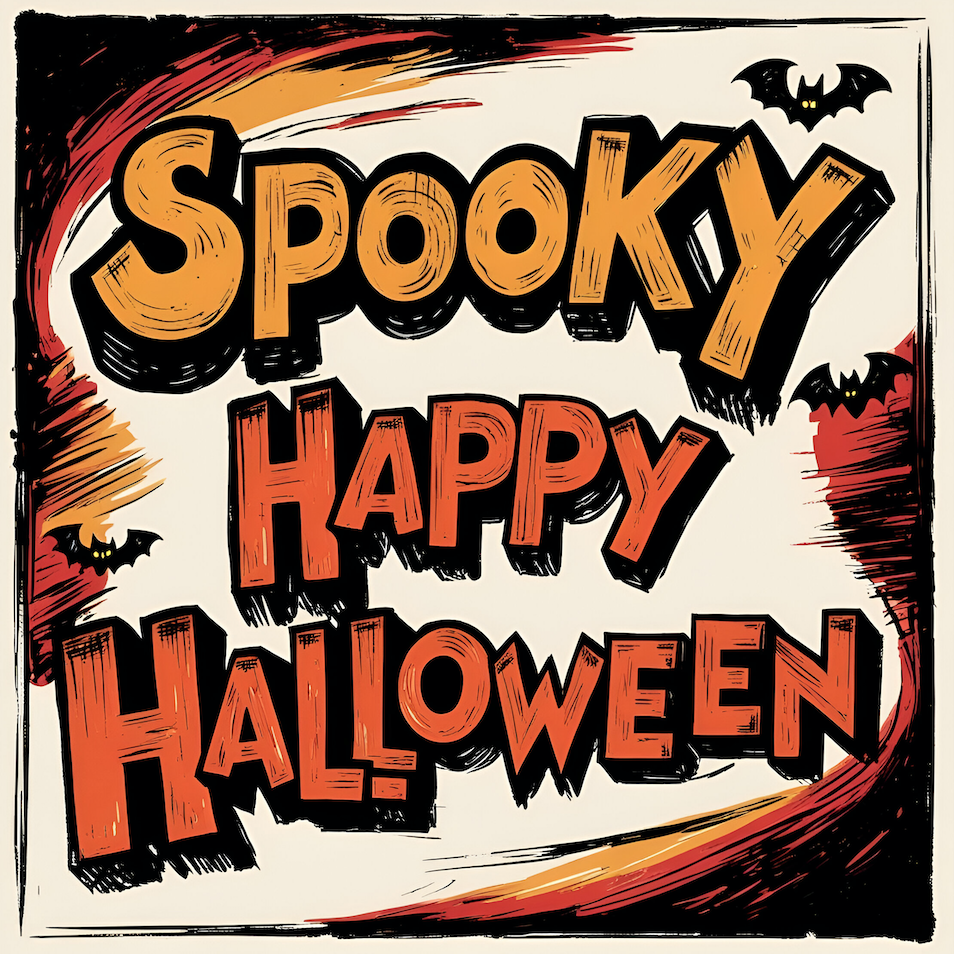
From Samhain to Halloween
The story began on an island in the northwest of Europe, in Ireland. At the end of October, a rural celebration marked the end of summer and the beginning of the dark season. It was the time when livestock were brought from the fields to shelter from the cold. As daylight faded and winter approached, people lit ritual fires to keep evil spirits away.
And around the fire, people always told stories.
In those distant times, life was a constant struggle: against natural disasters, wild animals, diseases, rival tribes, invaders, and above all, against the UNKNOWN.
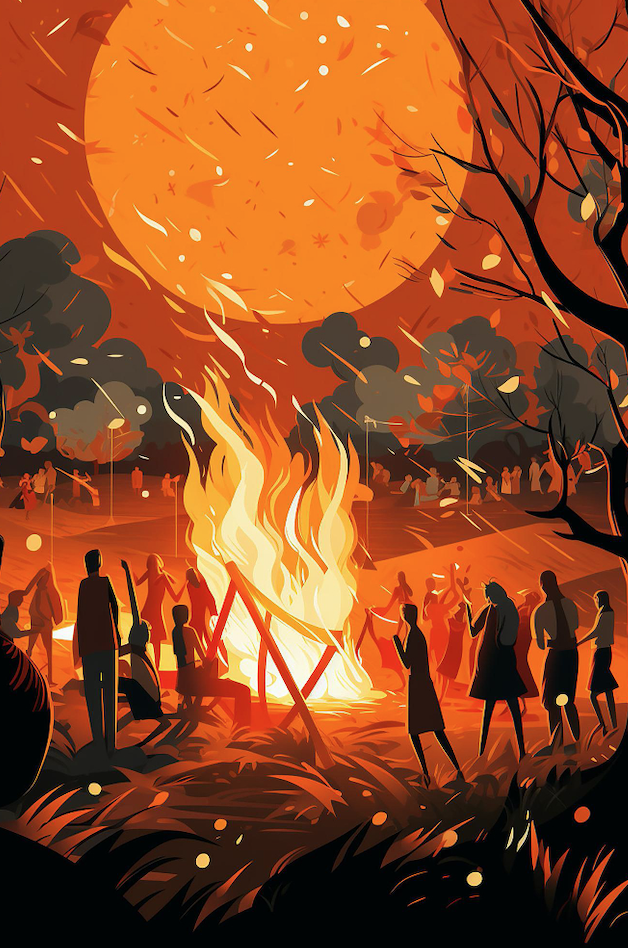
Everything was guided by magical thinking, and during the night of Samhain, the boundary between worlds opened (just as it does in Romanian folklore on Saint Andrew’s night).
When that boundary opened, people needed protection from the unknown and from wandering spirits. One form of protection was wearing masks; another was offering food or fruit – later sweets – to appease the spirits.
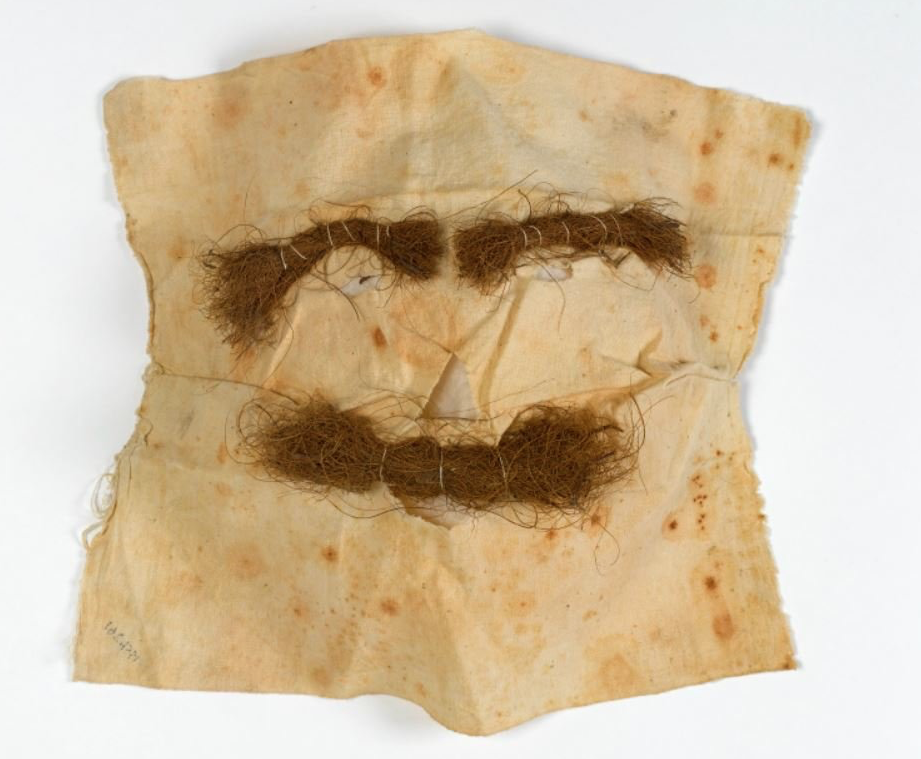
This is where the custom of trick-or-treating began: children dressed as evil spirits and went from house to house.
Anthropologically, this practice is similar to what James Frazer called mimetic magic – the belief that by imitating a force, one can influence it. Children dressed as spirits to appease them, and the gifts they received became a form of collective protection.
When Christianity reached Celtic lands, the festival of Samhain overlapped with All Saints’ Day – known in English as All Hallows’ Eve, which eventually became Halloween. Yet the pagan rituals endured. (see another example of how Christian holidays replaced ancient ones – Saint Valentine and Lupercalia – link )
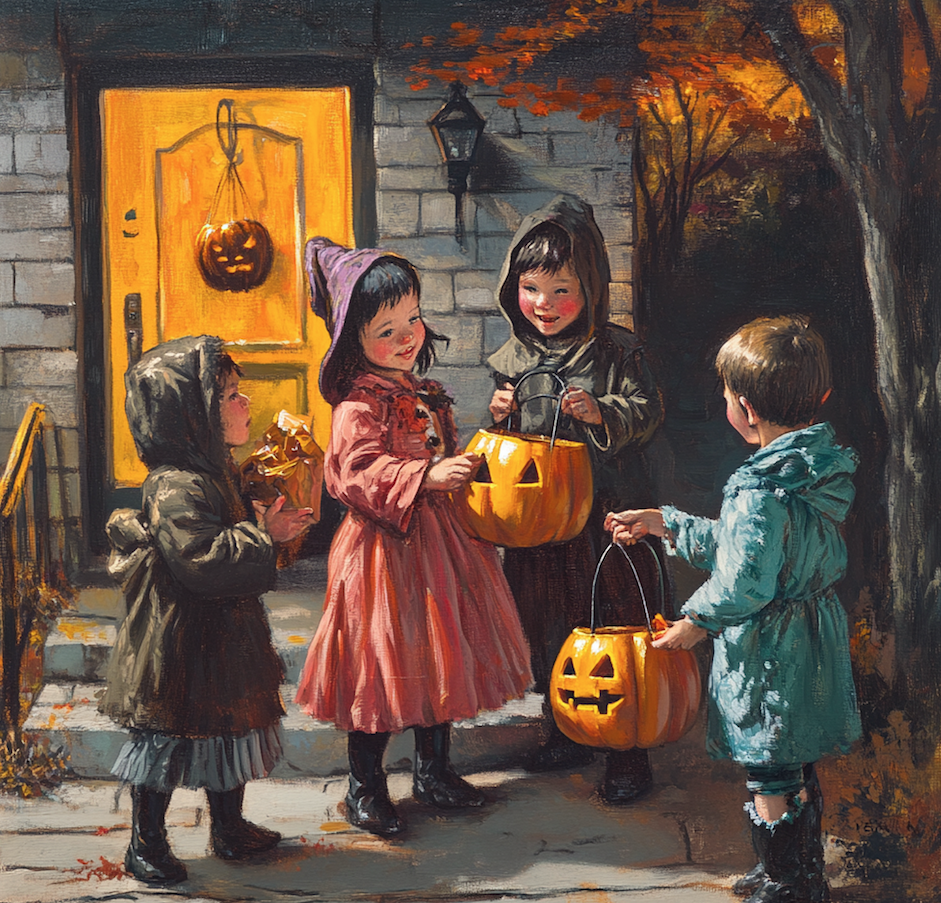
The Legend of Jack O’Lantern – the First “Logo” of Halloween
The origins of the Halloween pumpkin also lie in Celtic folklore. The story tells of a stingy and cunning man named Jack.
He tricked the Devil several times, convincing him never to take his soul to Hell. When Jack died, he couldn’t enter Heaven, he wasn’t a good man, so he went to Hell.
When he arrived, the Devil, who was eating a turnip, threw him an ember from the infernal fires and chased him away, giving him the turnip to carry it in as a lantern to light his path.
Since then, Jack has wandered between worlds, with his improvised lantern, trapped between life and death.
On Halloween night, when evil spirits were believed to roam the Earth, people carved faces into turnips or beets and placed candles inside to protect themselves. They believed Jack, being a “damned spirit” himself, would guard them.

This custom crossed the ocean between 1845–1850, when the Irish immigrated to the United States. Turnips were scarce there, but pumpkins were abundant and easier to carve.
That’s how the Halloween pumpkin was born, the universal symbol of this celebration.
Today, Jack O’Lantern has become the visual mark of the holiday the most recognizable emblem of Halloween.
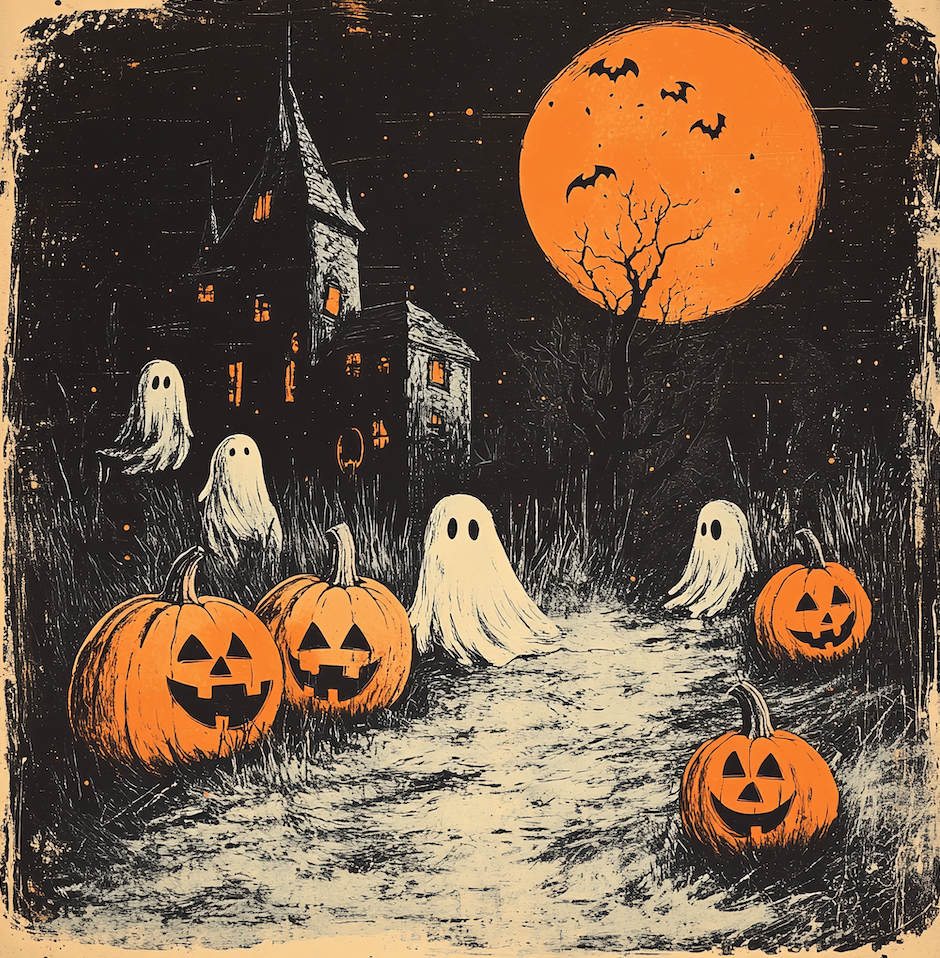
When Halloween went viral – the power of pop culture
Halloween became truly viral at the end of the 20th century, with the rise of American pop culture.
Just as De Beers transformed the diamond into a universal symbol of love with the slogan “A diamond is forever,” Hollywood turned Halloween into a universal symbol of horror entertainment.
Horror films from the 1970s and ’80s, from Halloween to Nightmare on Elm Street to Thriller (with Michael Jackson), gave fear a face and turned it into a collective emotion of catharsis.
Halloween became consumable good, a cultural product exported globally: a perfect example of emotional branding on a planetary scale.
People were no longer “celebrating” something; they were experiencing it, just like today’s brands do when they transform products into stories.
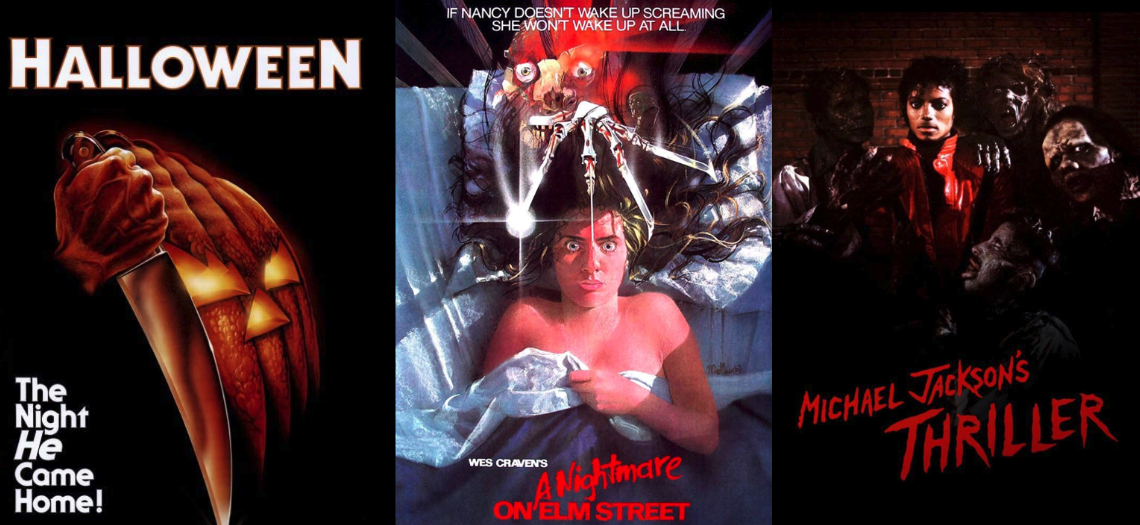
Reinterpreting Halloween: The case of Japan
At first, Halloween was a Western holiday. Today, Japan celebrates it with an enthusiasm that surpasses its origins.
In Shibuya, Tokyo, thousands of people dress up every year. The streets turn into a spectacular visual parade.
Costumes inspired by games, films, and manga become forms of self-expression.
But beyond the spectacle, Japanese Halloween is a cultural reinterpretation of temporary identity.
Branding agencies can learn a great deal from this fascinating story: a strong symbol can change shape without losing its essence.
When a brand can be reinterpreted without being lost, it has achieved true universality.
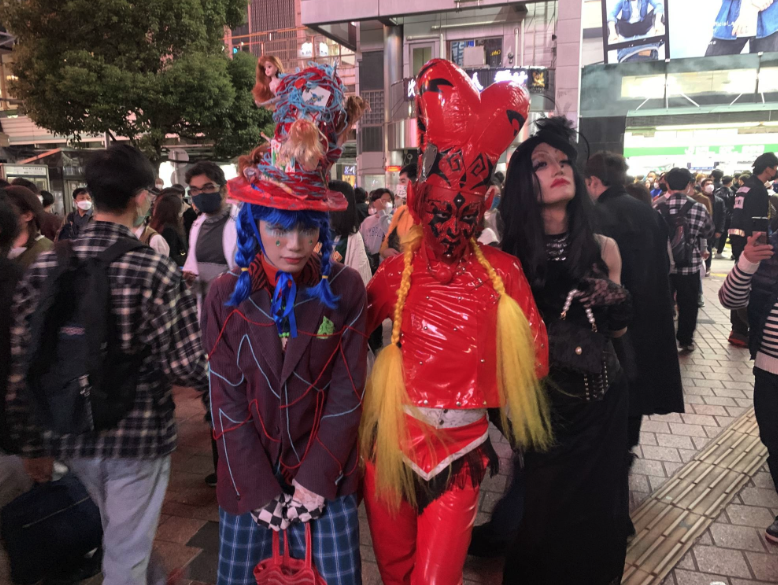
How brands use Halloween Today – Between storytelling and strategy
Every October, shelves and shop windows fill with pumpkins, bats, and shades of orange and black. Brands race to launch limited editions or seasonal experiences.
From Fanta’s 2025 Halloween cans to Netflix with its horror marathons, everyone understands the same thing:
Halloween is a moment of emotional connection, a chance to join a collective ritual … and, of course, to monetize it :).
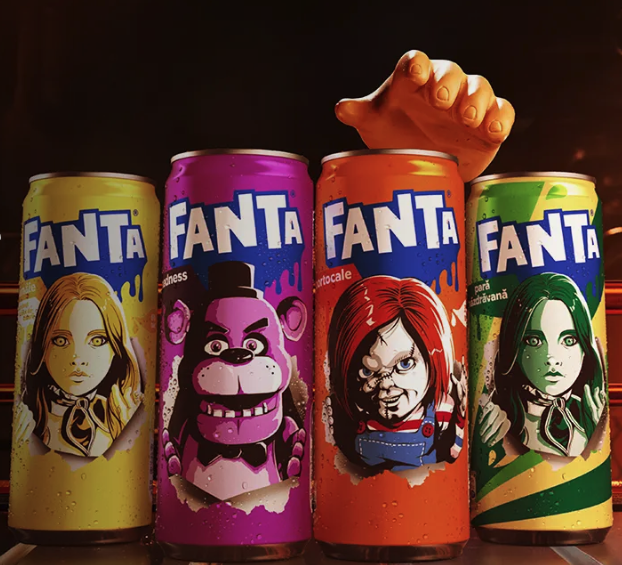
What’s even more fascinating is how brands express different sides of their personality through it: Play and humor (Mountain Dew – Voo-Dew),
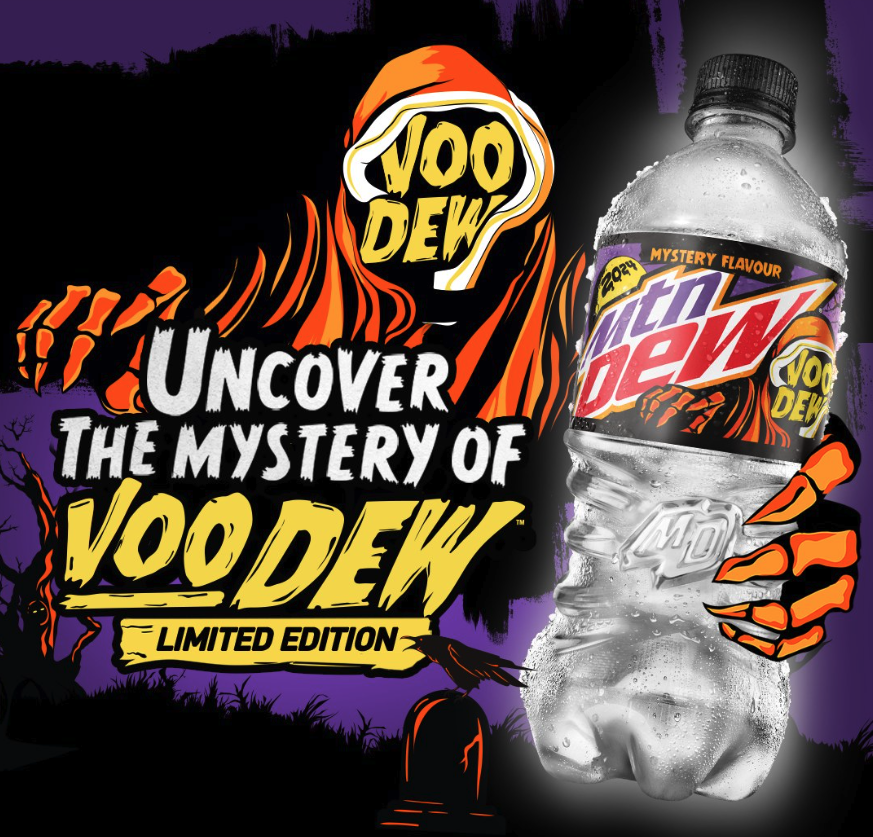
Mystery and elegance (Dior).
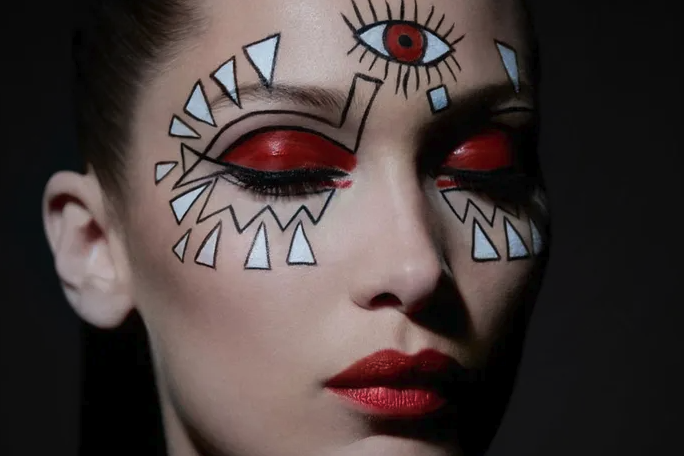
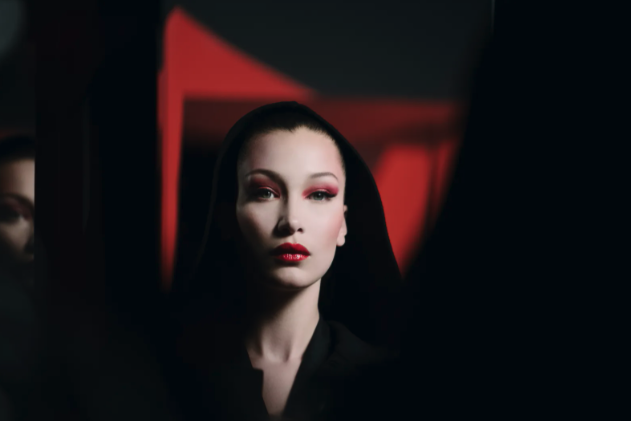
Halloween reveals something profound about people, the need to explore what frightens us, but in a safe, playful context.
It offers the perfect framework to understand the dynamics of emotions, the very mechanism that makes modern branding work. Every brand wears a mask. Some choose that of the Hero, others of the Rebel, the Magician, or the Creator.
Each brand has its archetype and story, but on Halloween night, they’re free to be something else. Free to experiment, to provoke, to play with public perception.
Beyond the mask
Halloween is also a mirror. We all wear masks: digital, social, professional, personal.
On Halloween night, many of us allow ourselves a rare moment of honesty.
Beneath the vampire or witch costume hides a simple desire, to be seen, accepted, and to reveal a hidden side of ourselves.
Brands that dare to show their unconventional or unexpected sides are the ones that truly stand out.
They become alive, human, because people don’t connect with perfection, but with authenticity.
We, as a branding agency, see all these as living forms of human culture.
Branding is a form of applied anthropology: a way to understand symbols and emotions, and, why not, to explore them strategically.
Sources:
Carnegie Museum of Natural History – https://carnegiemnh.org/the-jack-o-lanterns-origins/
Kennett Library – https://kennettlibrary.org/wp-content/uploads/2022/06/THE-LEGEND-OF-THE-JACK.pdf
Ireland – https://www.ireland.ie/en/visit/halloween/6-halloween-traditions-that-come-from-irelands-samhain-festival/
Author: Ana Armeanu, October 2025